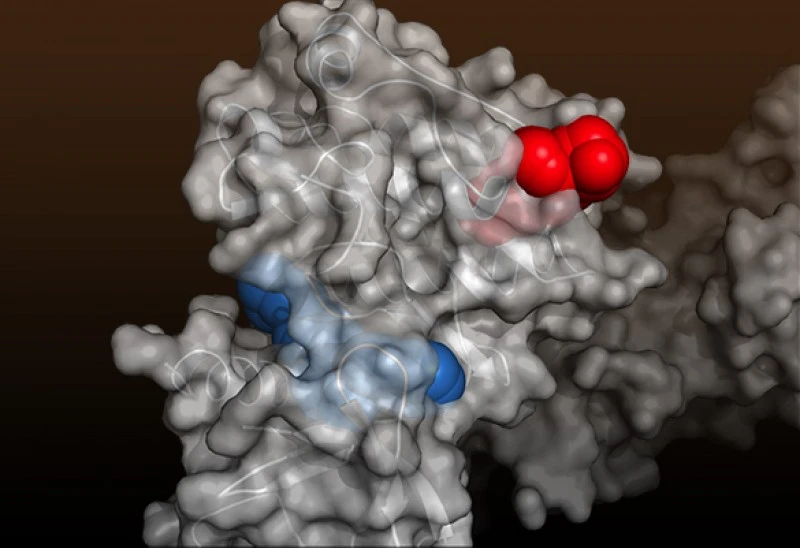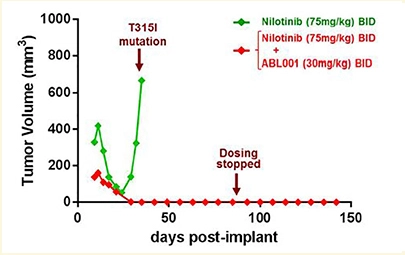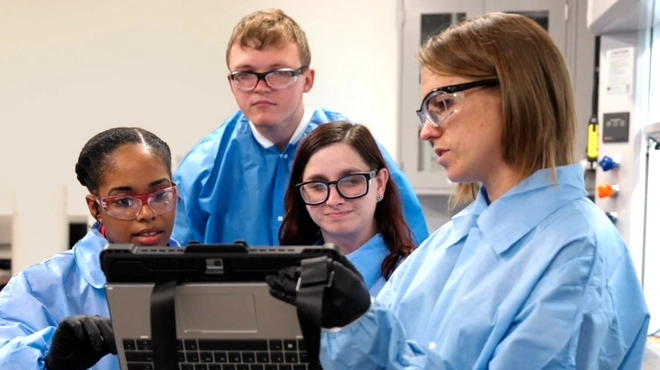ABL001 is a small molecule designed to inhibit BCR-ABL, the same protein hit by imatinib and nilotinib, which are used to treat chronic myelogenous leukemia. But ABL001 has a different mechanism of action. It doesn’t bind the active site of its target. Instead it binds a different region of BCR-ABL, forcing a conformational change that disables the protein’s active site. According to preclinical models, the result is the same—BCR-ABL can no longer initiate a cascade of signals.

Why design a molecule that hits the same target as imatinib and nilotinib from a different angle? NIBR researchers settled on this strategy after studying resistance to the two drugs. In almost every case, cancer cells resume their destructive rampage by re-activating BCR-ABL. They’re addicted to the protein, so launching a multi-pronged attack against it makes sense.

Novartis scientists tested this hypothesis by administering ABL001 with nilotinib in a preclinical model. The combination appeared to prevent the emergence of resistance, even after dosing stopped.
“ABL001 and nilotinib could potentially be used together in a front-line setting because they exhibit additive properties when used in combination,” says Gary Vanasse, Oncology Translational Medicine lead for the program at Novartis. “If both molecules were simultaneously bound to BCR-ABL, the cancer cell would need to harbor resistance mutations in two different regions of the protein to evade the treatment.”
A first-in-human study with ABL001 is currently underway.



